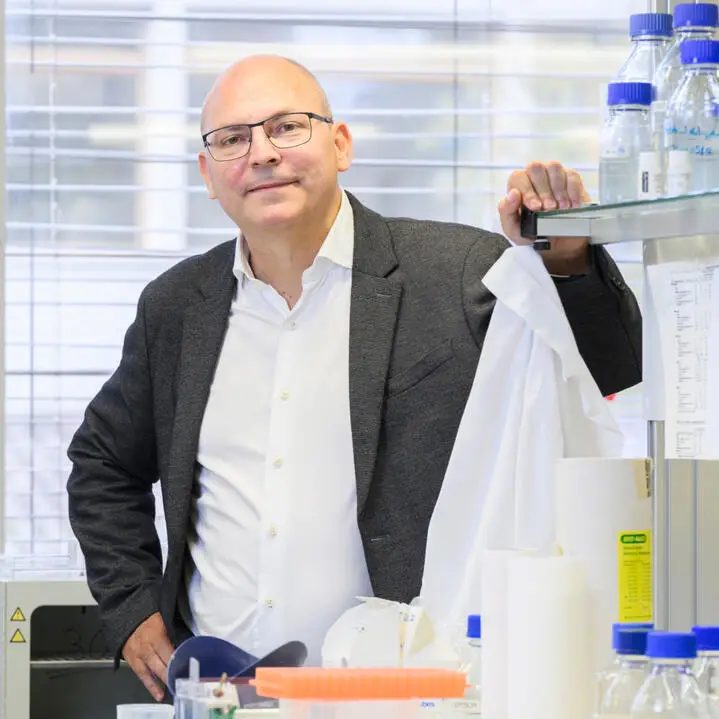Tasteomics
Peakaroma
the solution for cost-reducing flavor enhancement without off-notes.
Better Taste. Lower Cost.
Why Peakaroma?
Peakaroma is natural solution with no inherent flavor that modulates taste receptors beyond 100% activity. Therefore you can…
Reduce your cost, keep the taste
Want to improve your profit margins? Peakaroma
can enable you to reduce high-cost ingredients.
Reduce salt
Reduce sodium in your products in a smart way with minimal impact on costs.
Enhance the taste, naturally
Want to stand out from the competition? Taste is the
number one priority for consumers!
Bold taste. Clean label.
Premium flavor, naturally
Consumers are increasingly seeking for novel, bold and premium experiences in their
food products. With Peakaroma, you can create new and exciting flavor profiles
unmatched by the competion.
Smart savings. Same great flavor.
Reduce cost. keep taste.
By enhancing the overall flavor, Peakaroma enables the reduction of high-cost
ingredients, leaving you a higher profit margin. Unlike competitor products, Peakaroma
has no inherent taste, you can achieve this without adding any funny, artificial or offflavor to your product.
Smarter Sodium Reduction
Reduce Salt.
Reduce sodium in your products in a smart way with minimal impact on
costs. With Peakaroma, you can also reduce high-cost ingredients in your products,
therefore the cost impact of sodium reduction will not be noticably. As a plus, you are
also adding antioxidants to your food, prolonging shelf life.
Versatile. Effective. Natural.
application areas
Discover how Peakaroma enhances taste across a wide range of food applications.
Processed dairy
Enhanced overall flavor, saves costs.
Mustard
Boosts saltiness, pungency and long-lastingness.
Vanilla
Adds smoky notes resembling natural vanilla extracts.
Plant-based
Adds natural flavor.
Asian
Enables salt-reduction in soy sauce.
Soups
Replaces MSG.
Let's look at a few examples
Peakaroma in action
These practical examples show how Peakaroma reduces costs and enhances flavor.
Cost-reduction in mustard
A 30% reduction of all ingredients including high-cost mustard seeds enables a cost-reduction of 22.5% in mustard with identical saltiness and pungency to the original product.
Ingredient
Ingre-dient
Original Amount (G)
Original Cost (USD)
New Amount (g)
New Cost (USD)
Vinegar (USD 1.50/kg)
410
0.62
287
0.43
Water (~free)
250
0.01
537.5
0.01
Mustard seeds
(USD 6.00/kg)
200
1.2
140
0.84
Salt (USD 1.00/kg)
20
0.02
14
0.014
Sugar (USD 1.50/kg)
20
0.03
14
0.021
Spices (USD 30.00/kg)
10
0.3
7
0.21
Peakaroma 2.2
(USD 150.00/kg)
-
-
0.5
0.075
Xanthan gum
(USD 25.00/kg)
-
-
4
0.1
Total
2.18
1.69
Savings
-USD 0.49 / -22.5%
Cost-reduction in fondue
coming soon
Cost-reduction in vegan cheese
Peakaroma outperformed kokumi activators in increasing the salty taste of vegan cheese.
Engineered for taste
The science behind
Peakaroma
Peakaroma is a
proprietary multi-component molecular framework that enables the modulation of the receptor target of the kokumi sensation in multiple dimensions.
Peak Activation & Duration
Enhances the peak activation and prolongs the active state of kokumi receptors.
Low Dosage, No Off-Taste
Effective at just 100–1’000 ppm, with no inherent taste or artificial off-notes.
Added Shelf-Life Benefits
Built-in antioxidant effects support shelf-life extension, ideal for salt-reduced products.
The secret behind richer taste
beyond kokumi?
Kokumi is a taste sensation that enhances the perception of basic tastes like sweet, salty or
umami and also increases the flavour complexity. Because kokumi can enable the reduction of
high-cost ingredients it, kokumi-enhancing ingredients have high commercial value.
Team
Tasteomics Management
Meet the people driving Peakaroma’s innovation and growth.
Made for food makers.
Ready to Elevate Taste & Cut Costs?
Peakaroma supports product teams in creating better-tasting, longer-lasting formulations, while reducing ingredient costs. Let’s explore how it can work in your application.
Turning Science into Market-Ready Formulations
From Bench to Bowl
Taste is an interaction of molecules in food and receptors on our tongue. A pharmacological problem requires a pharmacological approach. At Tasteomics, we can go from lab discoveries in receptor pharmacology to new product concepts in one week using our bench-to-bowl infrastructure.
Taste Receptor Pharmacology
AI-assisted receptor analysis for kokumi pathway targeting.
Food-Grade Pilot Plant
Scalable production under real conditions.
Sensory Panel
ISO-certified trials for precise flavor evaluation.
New Product Concept
Finished, validated formulation delivered to client.
Let’s Find the Right Solution for You
Get in Touch
Have questions about Peakaroma or want to discuss your specific application?
Book a meeting with us
More about peakaroma
Our News
Explore general news featuring Peakaroma and kokumi research.
Everything you need to know
Frequently Asked Questions
What is kokumi? How is Peakaroma different?
Kokumi is a taste sensation that enhances the perceived intensity, long-lastingness and
complexity of basic tastes and aromas. Peakaroma is a modulator of the kokumi sensation that
further enhances the maximum perceived kokumi intensity and prolongs the active state. Thus,
Peakaroma works synergistically with kokumi solutions.
What is the limitation of current kokumi solutions?
Current kokumi solutions are typically yeast extracts that only contain small amounts of potent
activators and bring plenty of off-notes to food. Therefore, it remains challenging to achieve a
significant flavor improvement without adding artificial notes
What is the limitation of Peakaroma?
There is no one-size-fits-all for flavour enhancement. Peakaroma targets the high kokumi
segment and thus does not perform as well in mild food applications (mild cheese, plain
yoghurt).
Is Peakaroma authorized?
Yes, Peakaroma formulations are authorized in the EU and the US.
What is the typical cost-in-use of Peakaroma?
This depends on the formulation and the application. The resulting cost-in-use will be between
0.5 to 15 cents per kilogram of food
Are there any constrains on scalability?
Peakaroma is available at scale to supply 100’000 tons of food products


